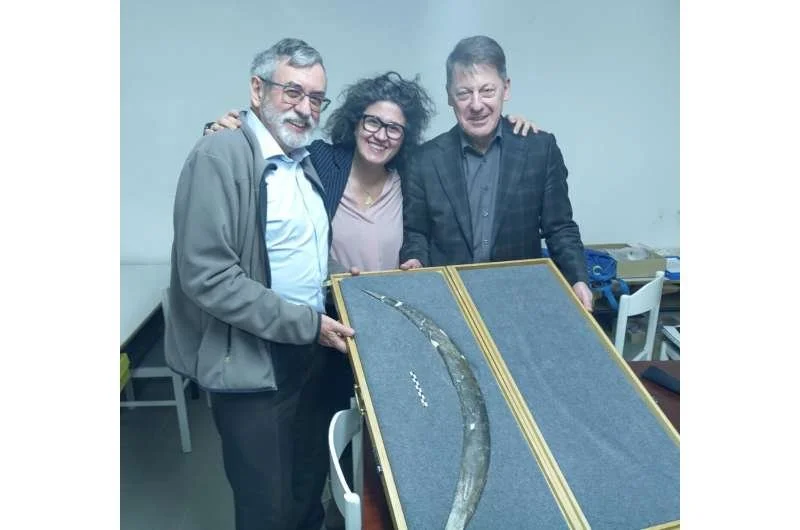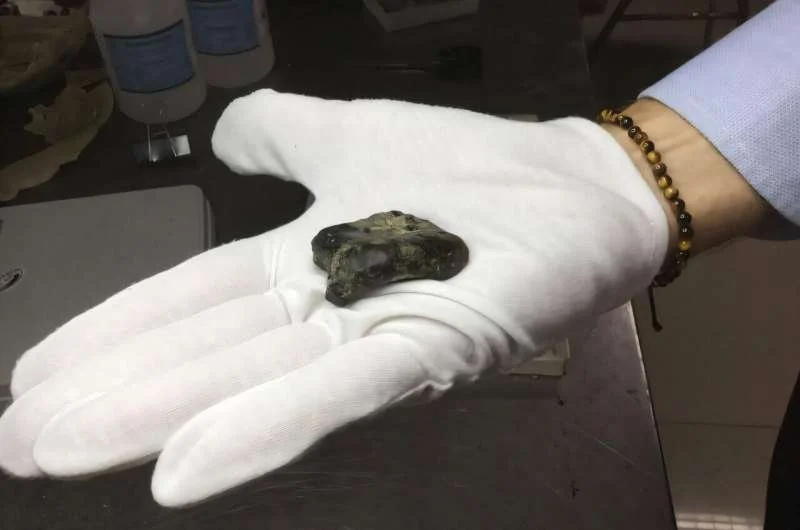Scientists have made a groundbreaking DNA discovery that’s shedding new light on the tragic eruption of Mount Vesuvius and its impact on the ancient city of Pompeii. The eruption, which occurred in 79 AD, buried the city in ash and preserved the remains of its inhabitants, leaving a window into the final moments of their lives.
The Devastating Eruption
Mount Vesuvius And Pompeii Ruins (Getty Stock Images)
When Mount Vesuvius erupted, it sent a deadly cloud of molten rock, ash, and gas high into the sky, covering the nearby Roman towns, including Pompeii and Herculaneum. The eruption released a massive amount of thermal energy, estimated to be 100,000 times more powerful than the atomic bombs dropped on Hiroshima and Nagasaki.
The eruption claimed the lives of thousands of people, leaving their remains preserved in pyroclastic surges. While the exact death toll is unknown, over 1,500 bodies have been uncovered in Pompeii and Herculaneum.
The Discovery of Plaster Casts and What They Reveal
Cast of a man with a child, both of whom died in Pompeii (Marilla Sicilia/Archivio Marilla Sicilia/Mondadori Portfolio via Getty Images)
When archaeologists excavated the ruins of Pompeii, they uncovered the haunting remains of people frozen in time—many of whom were found in suspended actions as they died. The famous plaster casts made from their bodies have provided viewers with heartbreaking depictions of their final moments, like a mother clutching her child or two women locked in an embrace.
However, new DNA evidence is challenging the long-held assumptions about these victims, suggesting that many of the prevailing interpretations may not be entirely accurate.
DNA Analysis Challenges Previous Narratives
It wasn't just people who perished in the eruption (Ivan Romano/Getty Images)
A team led by Alissa Mittnik at the Max Planck Institute for Evolutionary Anthropology conducted DNA tests on 14 plaster casts of victims found in Pompeii. Their findings revealed surprising discrepancies in the identities and relationships of some of the people.
One cast, previously thought to show a man holding a child, turned out to have no familial connection between the two. This particular cast was discovered at a location known as “the House of the Golden Bracelet,” which was named after a piece of intricate jewelry, leading archaeologists to previously assume the victims were a woman and child.
Additionally, a pair of individuals who were thought to be sisters or a mother and daughter were found to include a man among them. This revelation, published in the journal Current Biology, offers a fresh perspective on the identities of those who perished in Pompeii.
Re-evaluating Pompeii’s History
Long thought to be a sister with their mother or daughter, the other person was in fact a man (Archaeological Park of Pompeii)
This study builds on earlier work from 2022, when scientists sequenced the genome of a Pompeii victim for the first time. Their successful extraction of ancient DNA has paved the way for more discoveries about the people who lived and died in Pompeii.
Gabriele Scorrano, a co-author of the earlier study, noted that the 2022 research provided a broad overview of Pompeii’s history, while the current DNA testing offers even more precise insights.
A New Perspective on Pompeii’s Past
The discovery is not just a scientific milestone; it opens up new interpretations about the lives of those who lived in Pompeii before the catastrophic eruption. These findings highlight the importance of ongoing research and how science can continue to challenge and refine our understanding of ancient history.
Pompeii remains one of the most significant archaeological sites, and as new technologies like DNA testing evolve, we are learning more about its tragic past and the people who lived there.











